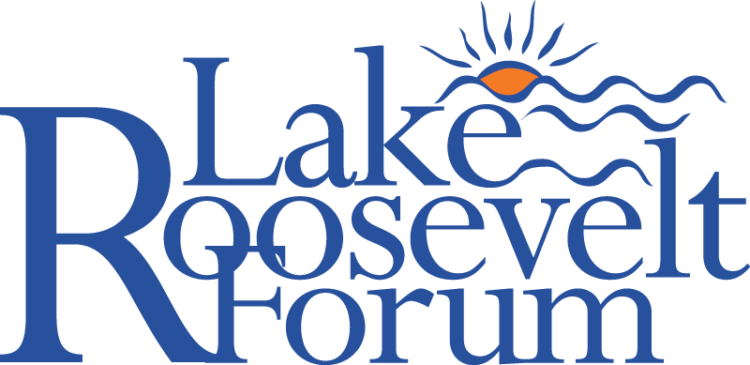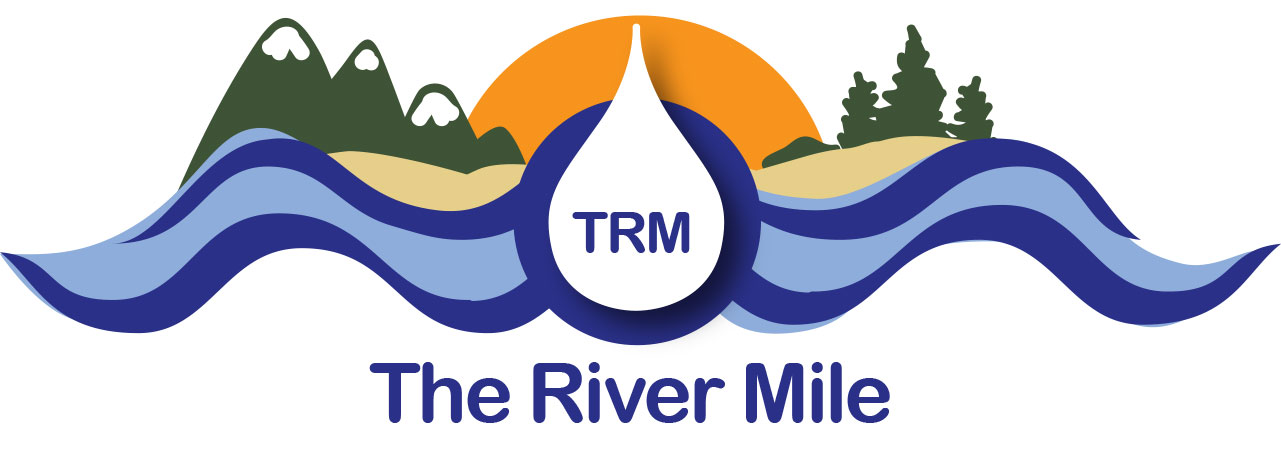
Sponsored by Lake Roosevelt National Recreation Area
Bird Fest 2023
Virtual Festival
February 22 & 23, 2023
8am to 2:45pm Pacific Time

Open to the public, designed for K-12 grade students.
Amazing Adaptation of Owls
Zach Hutchinson, Community Science Coordinator, Audubon Rockies
Appropriate for Grades K-6
- Wednesday February 22 at 8am & Noon
- Thursday February 23 at 8am & 2pm
Bird Easy
Christine Gerlach, Education Ranger, Indiana Dunes National Park
Appropriate for Grades K-12
- Wednesday February 22 at 9am
- Thursday February 23 at 11am
Birding Basics
Kelsey Hansen, Watchable Wildlife Coordinator, WA Dept of Fish & Wildlife
Appropriate for Grades 4-12
- Wednesday February 22 at 8am
Birds at Gateway Arch National Park
Barbara Michel, Park Ranger, Gateway Arch National Park
Appropriate for Grades 4-12
- Wednesday February 22 at 10am
- Thursday February 23 at Noon & 1pm
Everglades
Live Virtual Program
Araceli Otero, Education Administrative Assistant, Everglades National Park
Appropriate for Grades K-12
- Wednesday February 22 at 11am
- Thursday February 23 at 9am
Every Bird Counts!
A Beginner Birder’s Guide to eBird
Rachael Van Schoik, California Academy of Sciences
Appropriate for Grades 6-9
- Wednesday February 22 at 10am
HOOT
Hawk and Owl Outreach Shows
Becca Ediger, West Valley Outdoor Learning Center
Appropriate for Grades K-9
- Wednesday February 22 at 9am & 2pm
- Thursday February 23 at 10am & Noon
Migration Along the Mississippi
Emily Connor, Education Manager, National Audubon Society and Ashley Lockwood, Educator, Audubon Center at Riverlands
Appropriate for Grades 4-9
- Wednesday February 22 at 10am
- Wednesday February 22 at 11am
Nests of the West
Nicole Parish-Andrews, Environmental Education Program Specialist, Seattle Parks & Recreation
Appropriate for Grades 2-6
- Wednesday February 22 at Noon
- Thursday February 23 at 11am
Owls of Washington
Whooo cares?
Scott Downes, Habitat Biologist, Washington Department of Fish and Wildlife
Appropriate for Grades 4-12
- Thursday February 23 at 2pm
Rockie’s Sagebrush Adventures
Jacelyn Downey, Education Programs Manager, Audubon Rockies
Appropriate for Grades 2-9
- Wednesday February 22 at 1pm
- Thursday February 23 at 9am & 10am
Wildlife Watchers
Fatima Kamal, Digital Learning Supervisor
Pacific Science Center
Appropriate for Grades 4-6
- Wednesday February 22 at 1pm
- Thursday February 23 at 1pm


